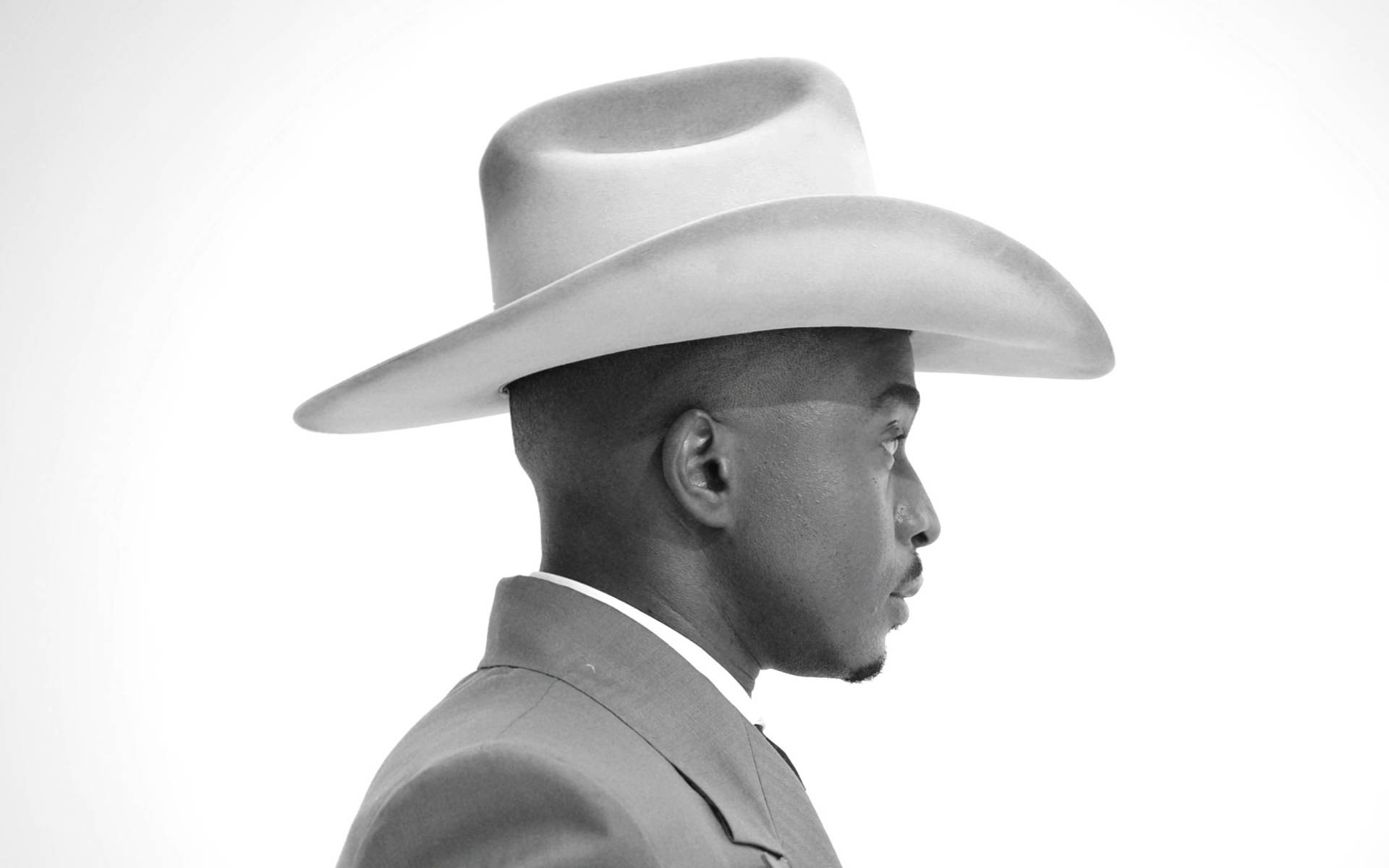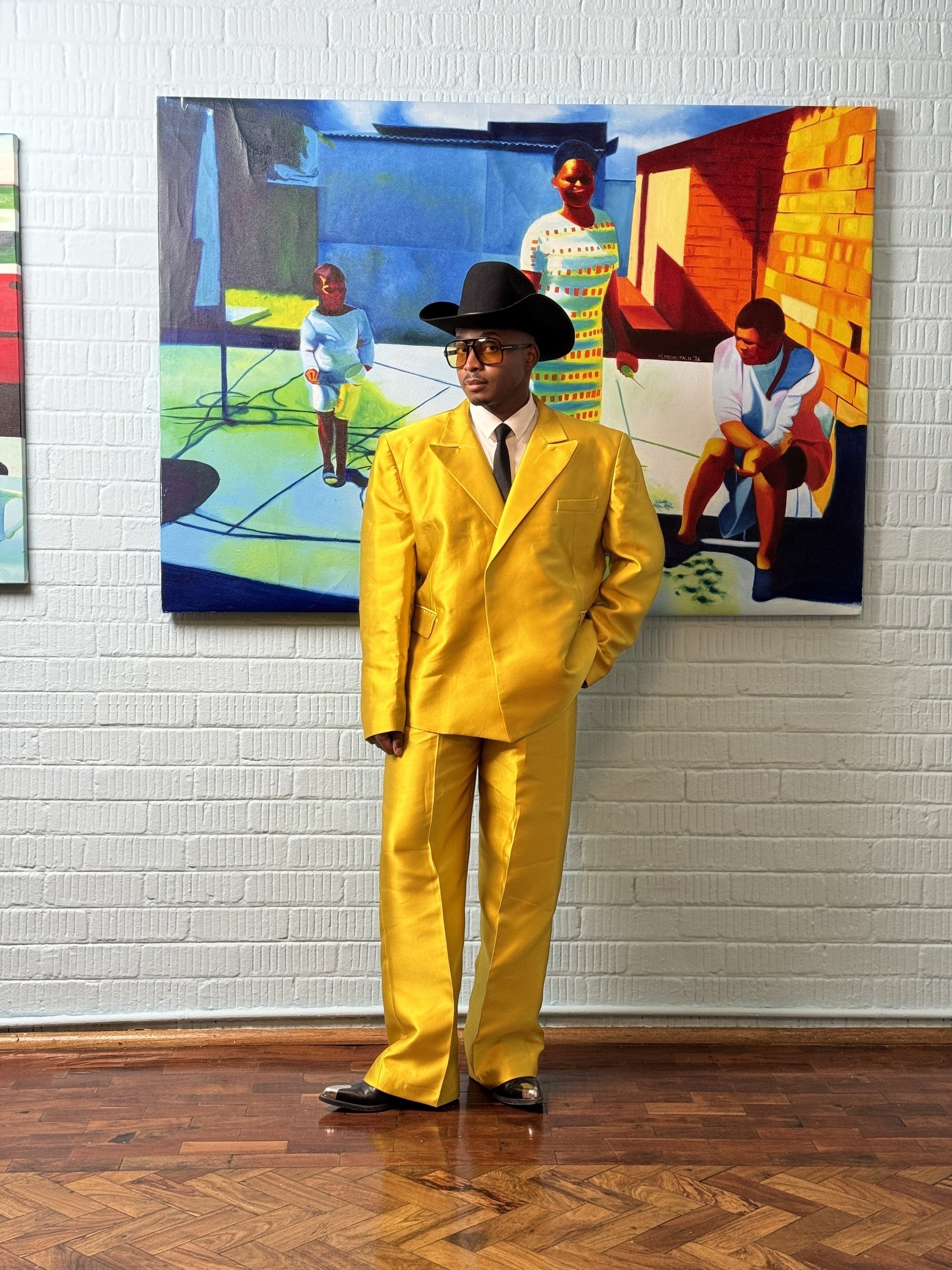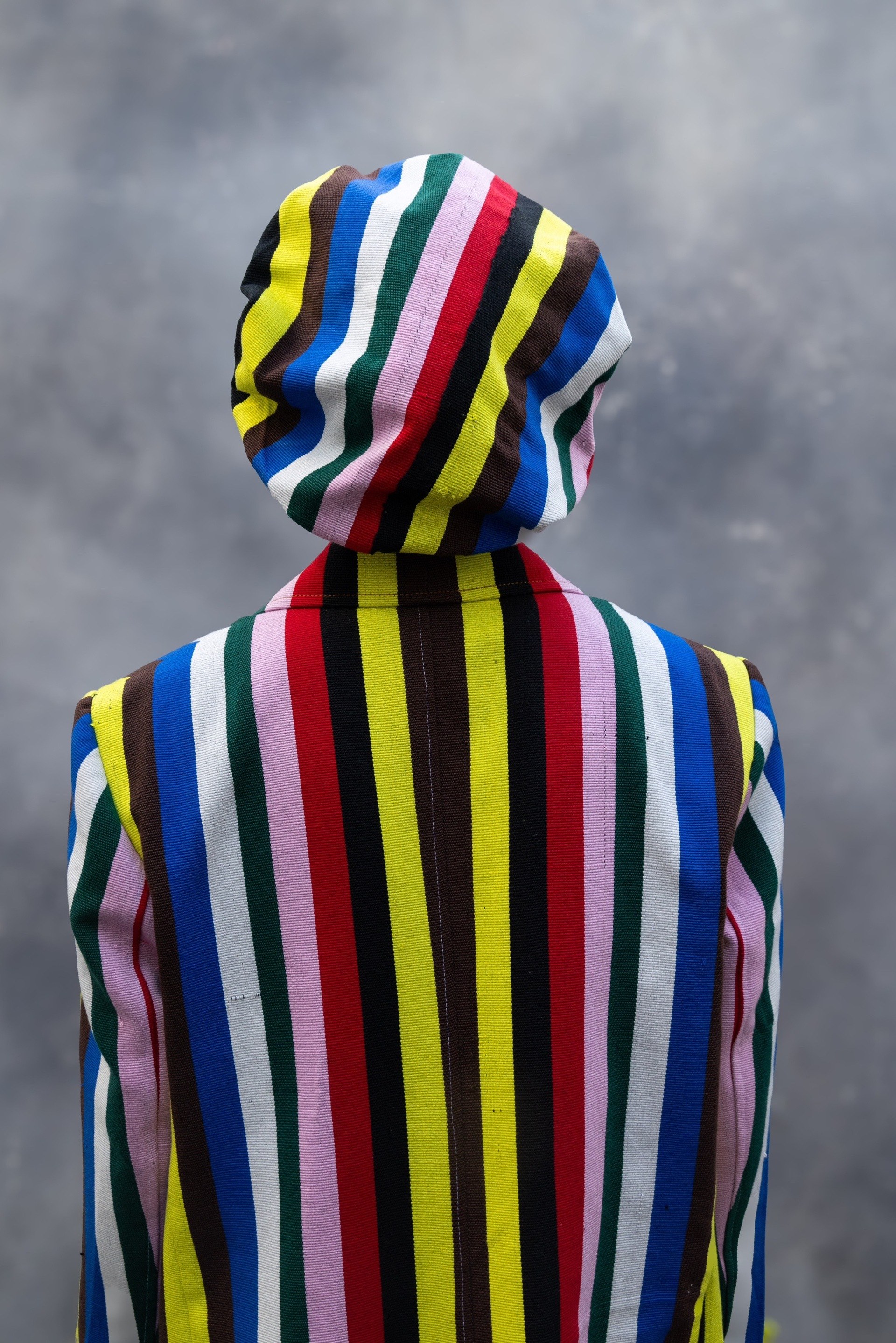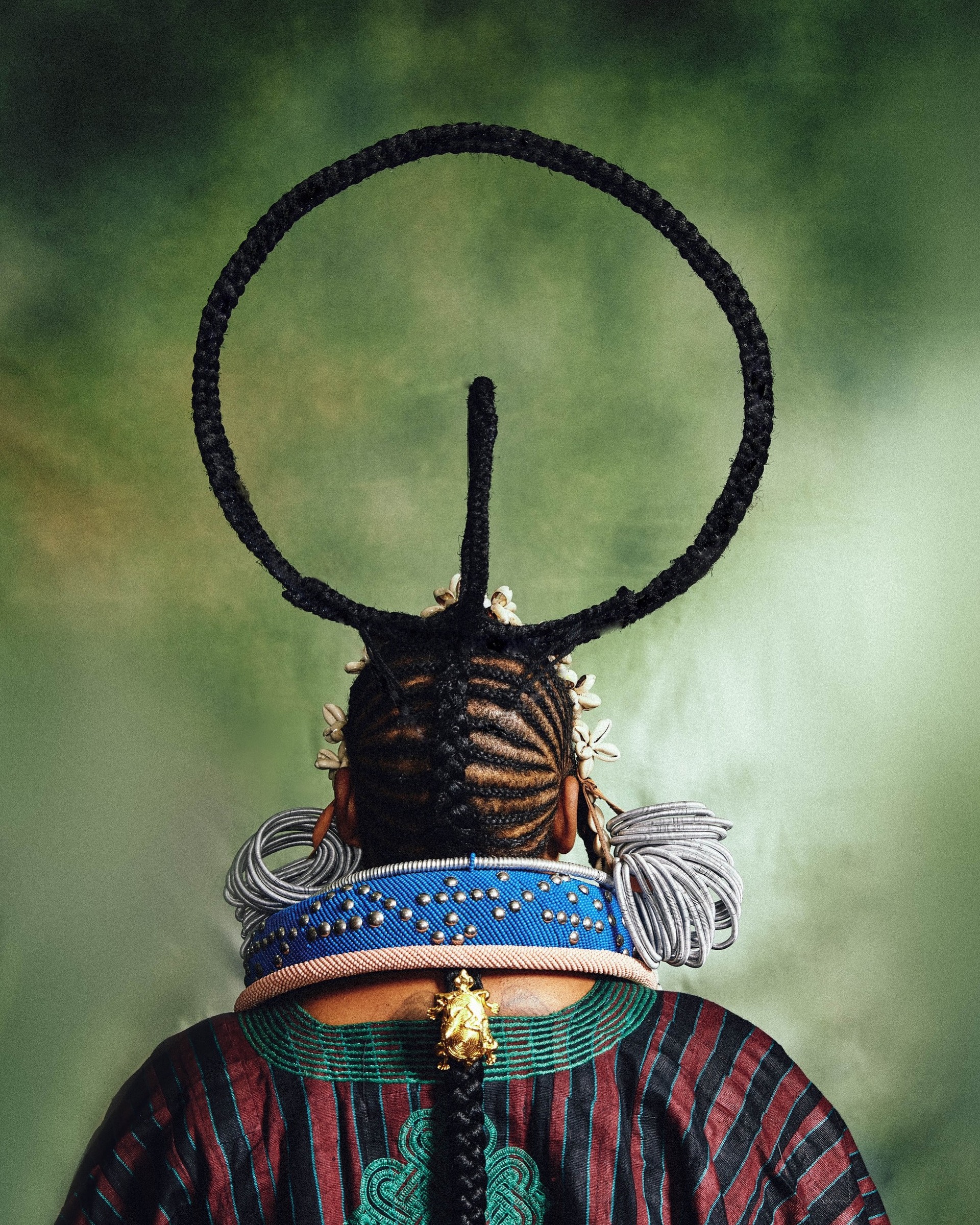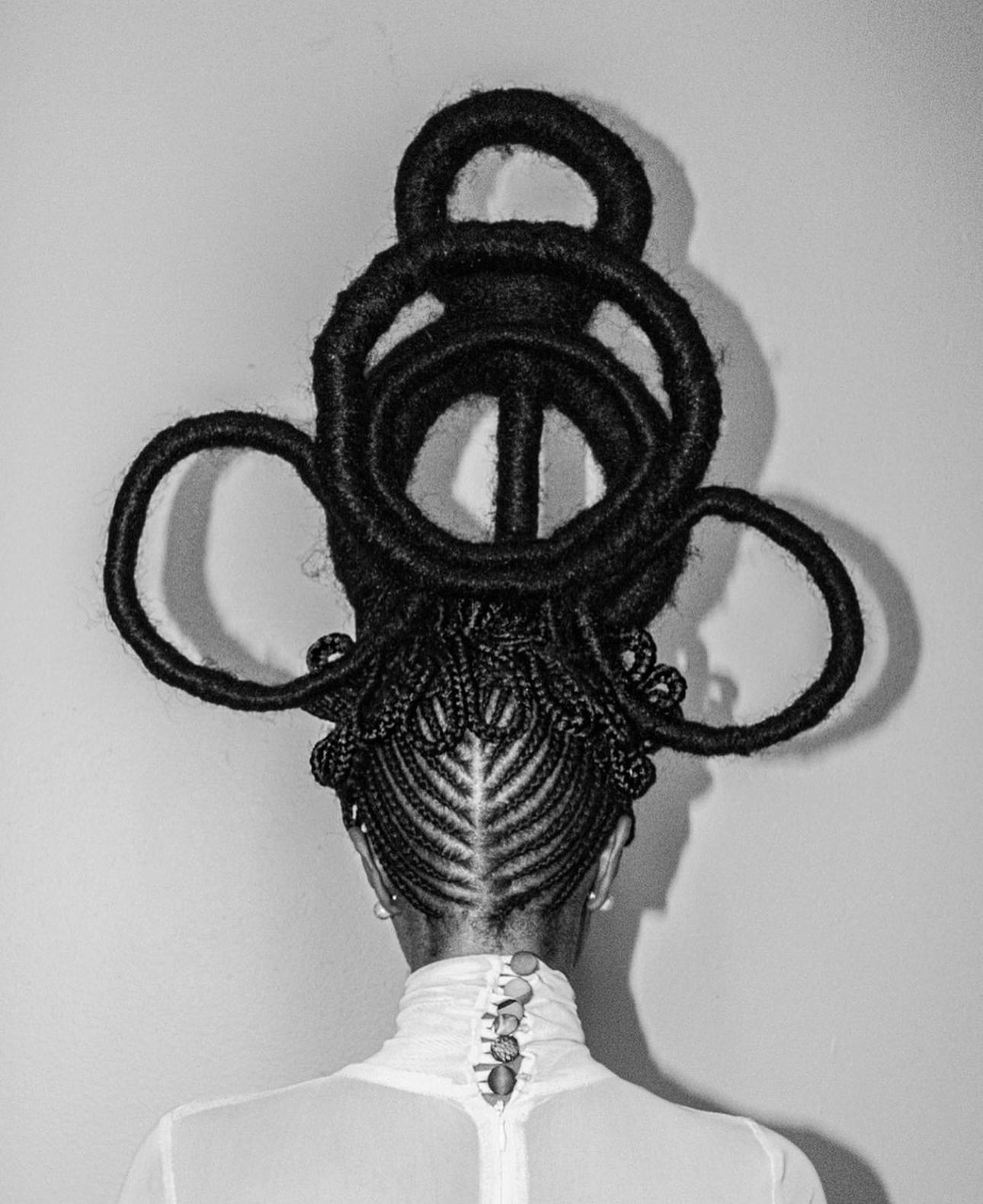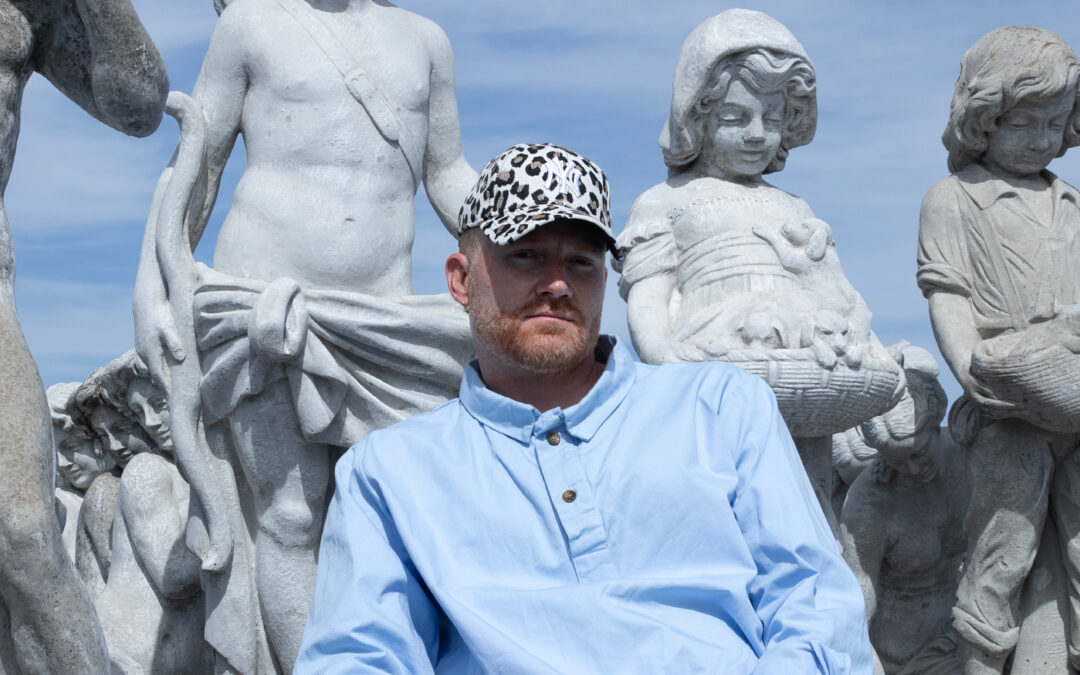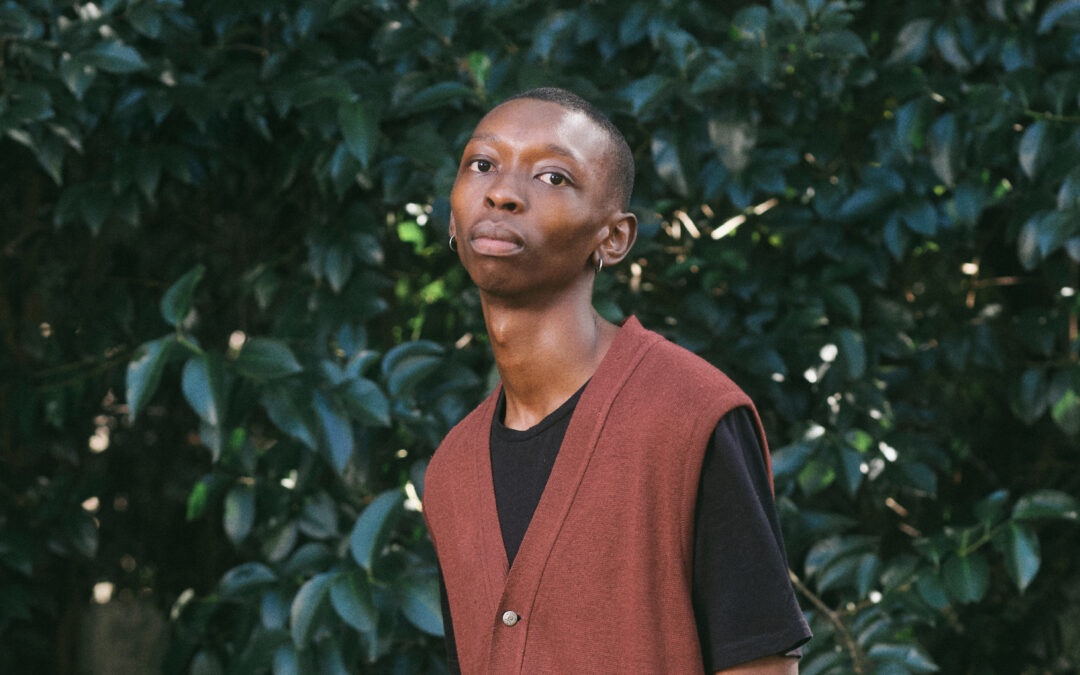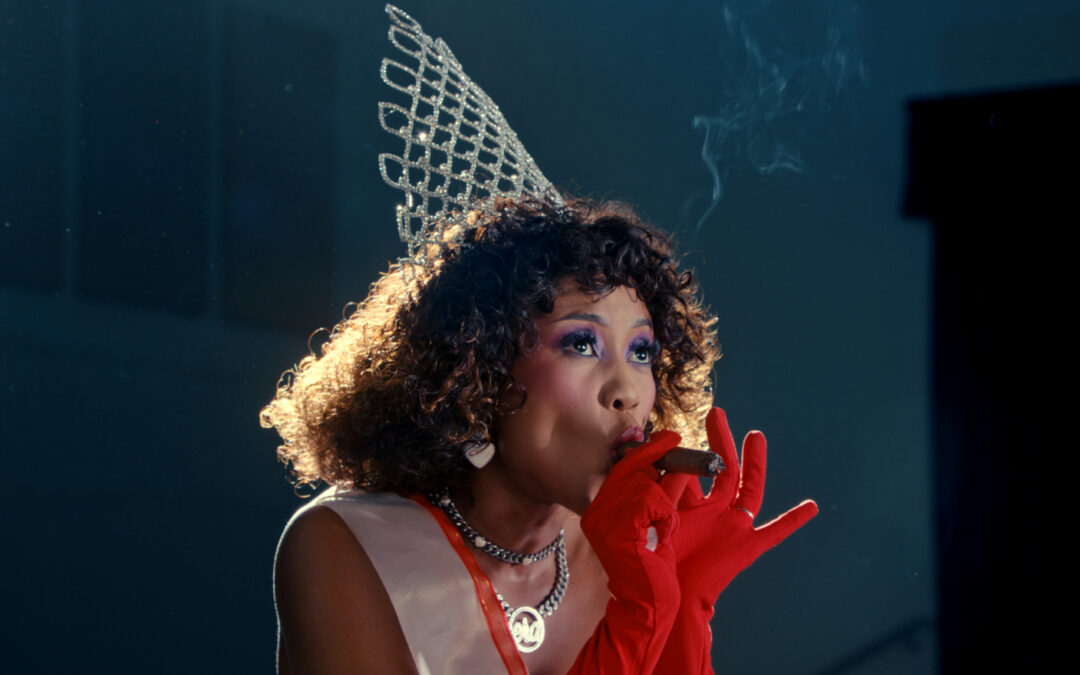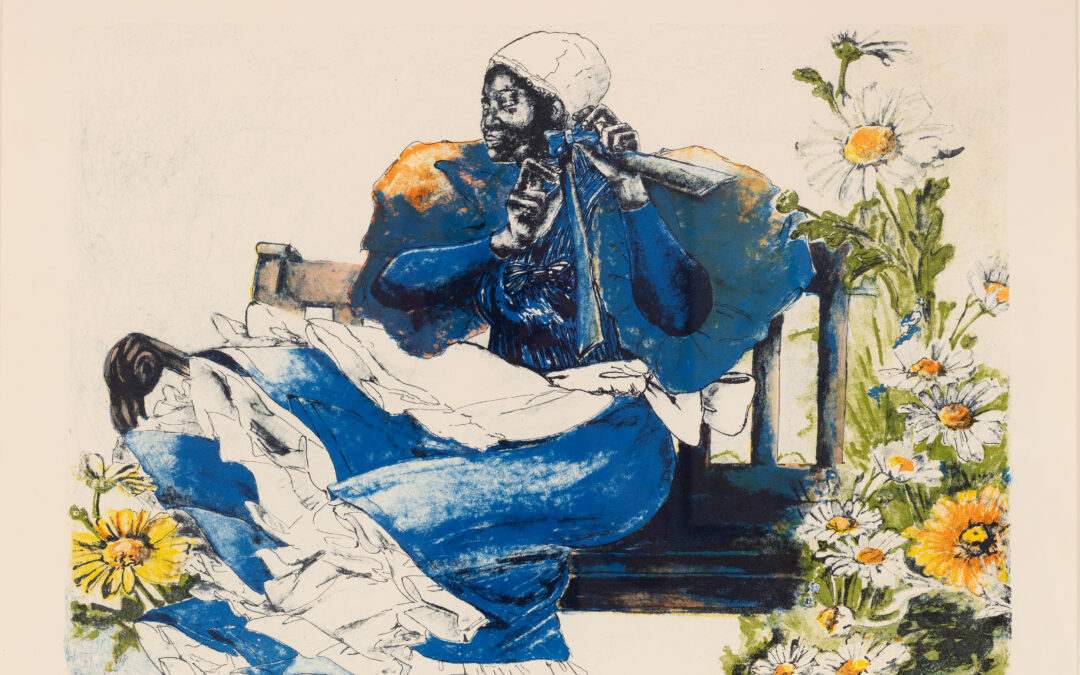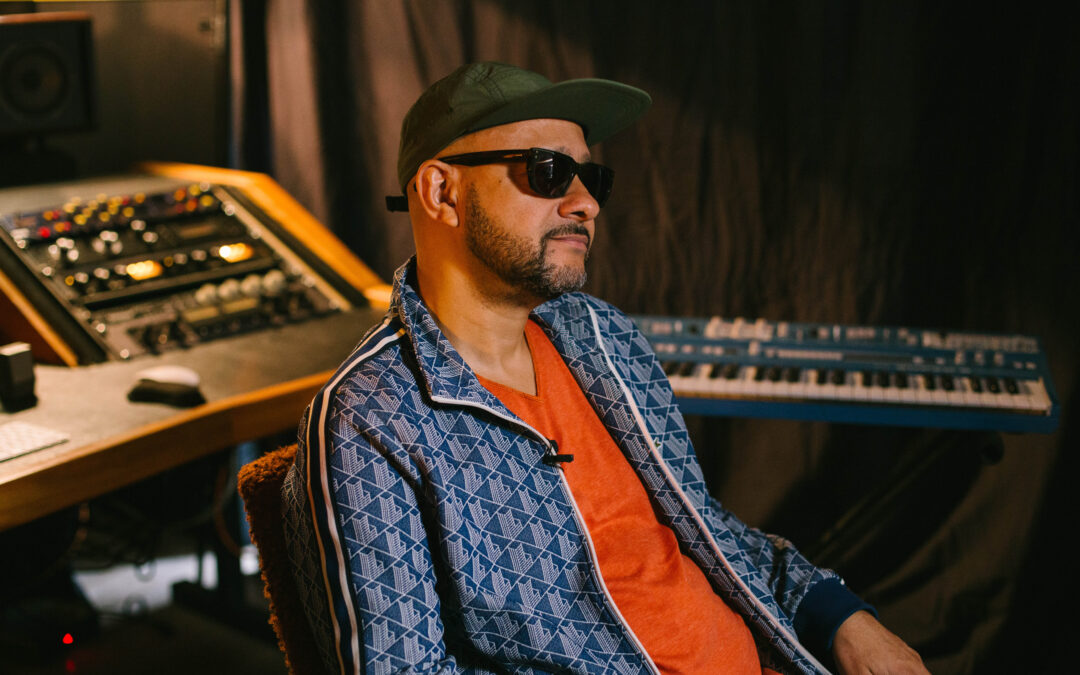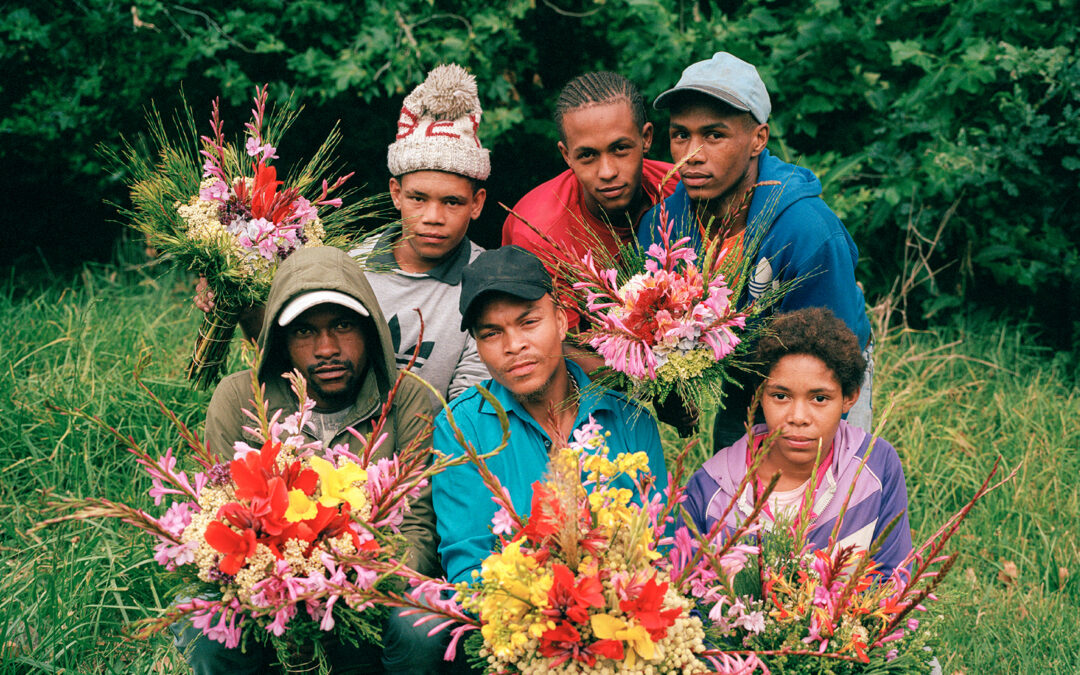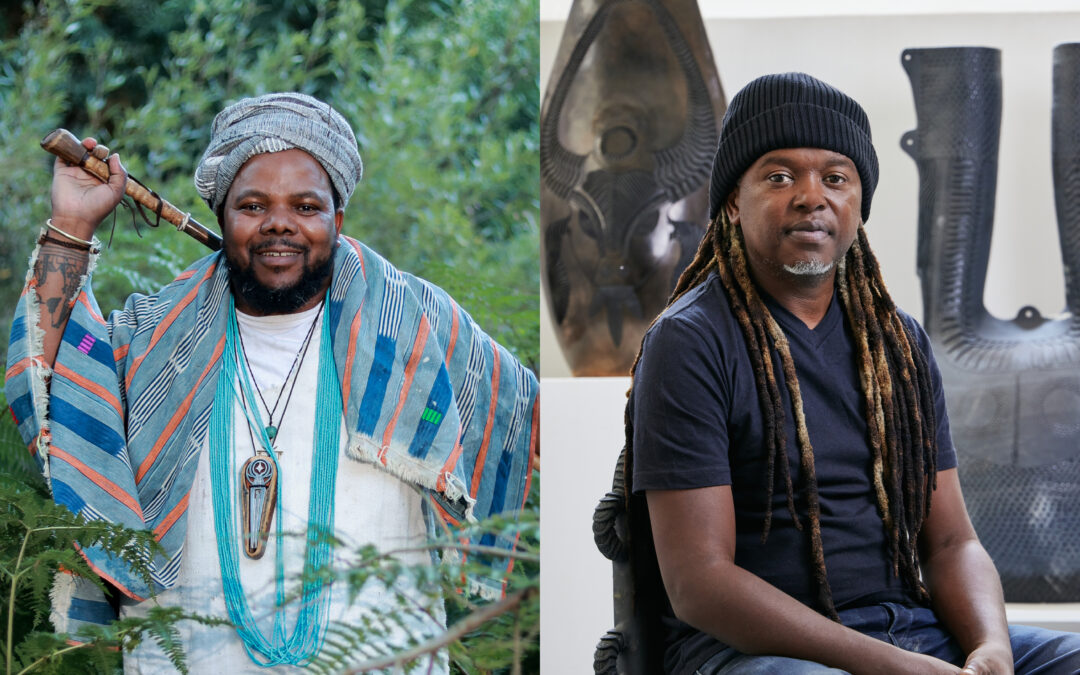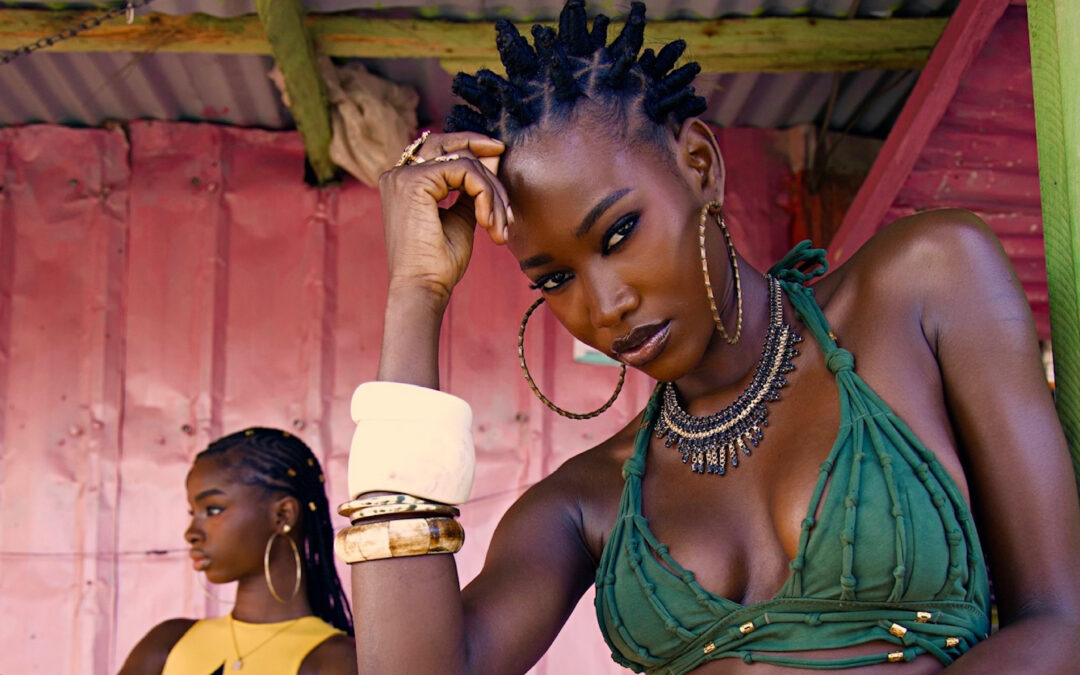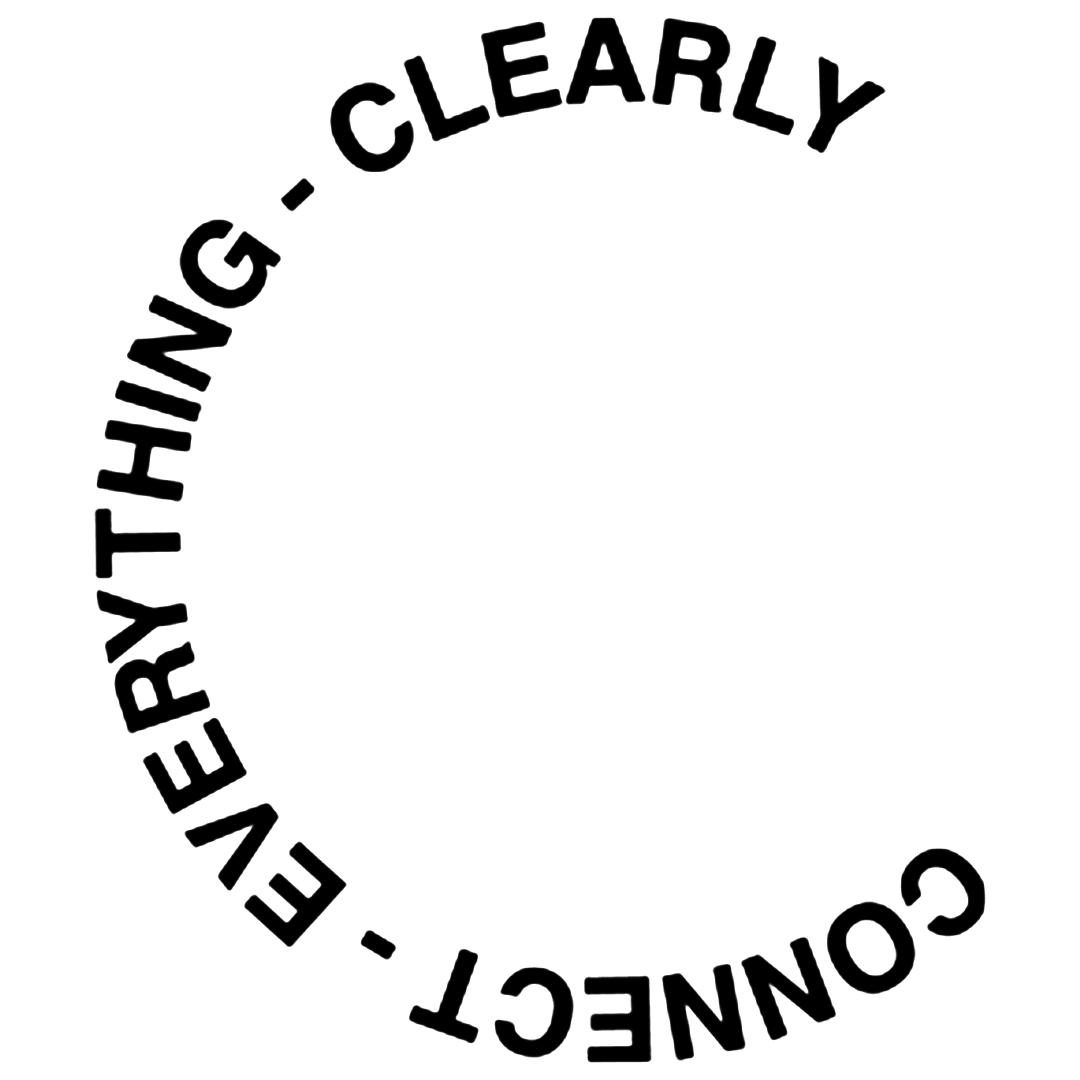It is well felt and known on the continent that Africa is undergoing a renaissance — one in which the expression, and multiplicity, of African identities regionally, locally and in relation to the rest of the world, is flourishing. The idea of an African Renaissance and its importance was first coined in the 1950s by Cheikh Anta Diop, a Senegalese historian, anthropologist, and physicist, who wrote extensively about this idea, which was central to his vision for the future of the continent. He believed that Africa could experience a cultural, scientific, and political revival by reconnecting with its precolonial heritage, embracing its rich history, and harnessing its intellectual and creative potential. We’re happy to report, as CEC, that we witness this harnessing each and every day as a platform.
Imagery courtesy of Trevor Stuurman
When I think of the visual narrative surrounding this renaissance, photographer and multimedia artist Trevor Stuurman stands out as an emblematic arbiter of contemporary African creativity; a wayshower, effortlessly so, on the brilliance of Blackness and its titanic place in the 21st century. It was always the reference, as we know. As Trevor so succinctly points out in our conversation, “my point of view only stems from where I come from, and that’s the basis of everything I create. Had I been born elsewhere, my context and outlet would be different. I always reference what Nina Simone once said, that ‘it’s the artist’s duty to reflect the times’ and all I do is reflect the times that we are currently living in. My work is my attempt at writing history in real time,” and that Trevor’s afro-centric creative philosophy, “is really simple in that way, I don’t have to think of anything else outside of being African. It simplified my mission and my work because it’s solely based on my point of view as an African.”
Trevor Stuurman is somewhat of a veteran, having entered the creative space very soon into adulthood. In the last decade, he has cultivated a stylistic focus that has become definitional in much of the way contemporary African culture and fashion is visually represented on a global scale. He has been recognised by Forbes ‘30 under 30’ list and listed by TIME Magazine as a ‘Next Generation Leader’. Whether it was his collaboration with Gucci to infuse Zulu sartorial expression with the Italian fashion giant’s ‘house codes’, and offer a vision of African luxury, or being hand-picked by Beyoncé for various projects in her ongoing celebration of African heritage and Black history through a contemporary lens — Trevor is a trailblazer in bridging African identity with global creative narratives. Trevor notes that, “I believe that art chose me – I didn’t have to really find myself, it was always a part of my journey.”
When we embark on the creative path, this energy requires us to make clear choices in what we want to create and what we will ultimately do with our work. I ask Trevor whether he feels the term ‘fine-art’ photography is a way he’d describe his work, as it has soared far above and beyond the prescriptions of simply fashion photography, to which he explains that the only terms that matter are those that are self-defining, “as creatives it’s up to us to decide how far we can take our craft or gift. You are the one who decides to call yourself whatever – it’s not up to galleries or the industry to define you or what you do. When we make the decision to be what we want to be, and live a creative life that feels aligned, we get closer to whatever it is that we’ve dreamed of. It’s like a method acting in a way; living in your purpose.”
Imagery courtesy of Trevor Stuurman
On the subject of this moment in Africa and his place as a leader of this wave, Trevor shares that “It feels like a reawakening on the continent,” and “I think it’s about the historic nature of Africa’s perception by the rest of the world. We have never been able to tell our story – even as we have been so fluent and articulate in telling ourselves to ourselves. If we think of the oral traditions that have been relayed from one generation to the next, without them being manipulated or changed. Africans have always been great storytellers, but our stories have always been told on behalf of us by the world. We’re living in a golden era in which we are able to tell our stories, in our voices, on our own time.”
Trevor’s notable works are exhaustive and ever-growing, and while difficult to whittle it down, Trevor notes that some of biggest ‘pinch me’ moments was, “being able to work with Beyonce on different projects. Every opportunity or call was a pinch me moment! I look up to her so much based on her commitment to her craft and her commitment to building different universes. For Beyonce, every chapter of her life is reflected in a certain world — and the world she creates meets her where she is. I’ve always admired that,” and that, “when I got to shoot former US president Barack Obama, it was quite a special moment for my mother. It was the first time I photographed someone that she idolised.”
This year, Trevor launched The Manor; a storytelling platform, creative universe and cultural archive, that sees Trevor stepping into a curatorial role and extending his vision to shape broader narratives beyond his own voice. In its first year of launch, The Manor was awarded a place in National Geographic’s Best Cultural Spots in their ‘Best of The World’ series. As Trevor explains, it’s been a deep process and that, “starting The Manor has given me a new burst of energy in terms of being able to exercise my creative muscle in a different way. I’m not necessarily pressured to create work myself, but I’m able to create space for others to share their work. At the same time, I get to figure myself out right now. It’s almost like a productive way to take a hiatus! I’m off the radar but still present, so to speak.”
Imagery courtesy of Trevor Stuurman
“I think building this has been the most challenging thing that I’ve done,” Trevor muses, “not necessarily professionally, rather that it was a true experiment. Often, we refer to our work as experimenting; but we’re doing things we have done before, just expressed in a different way.” For someone with as broad a repertoire, a foundational archive is a natural culmination in Trevor’s path, and as he puts it, “The Manor has been about institutionalising a lot of my efforts that might go unnoticed. Now, they’re able to be packaged in a way that is archival and recognisable. I’ve always been in practice in service of The Manor.”
Curiously, I ask Trevor about the name itself, “the name comes from the fact that my friends have always called my different homes, ‘a manor’. My friends have always been first collaborators, and many of them are in the creative space, and it stemmed from the idea of an actual home. It’s always been about taking up space and creating space. As a business structure, it’s a home with many different rooms in which we do many different things. The Manor means we can exist in many different dimensions but still be one, without dividing oneself in the process.” This anecdote, of Trevor’s homes being reflective of a manor, denote the impeccability and meticulousness that encompasses all aspects of his inner and outer life, “it makes life really special when you are really specific and intentional. Even just the way you can romanticise your daily routines — from having a signature scent, or look — having things placed and curated, it makes life more interesting for me.”
Is The Manor an effort in building a legacy, I ask? “Yes, The Manor is a legacy project. The work is more valued when it no longer exists, and it’s so special to see how each story can touch a different life and have an impact that is yet to be realised. I remember growing up in Kimberley and magazines being so important to me; those were my first passports into the world. They allowed me to escape and see other ways of living,” and that “archiving is such an important labour of love. It goes into building generations and futures.”
For Trevor, his point of view has always been innate and instinctive, though constantly evolving as he has grown, explored, and deepened his practice. He emphasises the importance of expressing authentically, noting that “building your own point of view is just an extension of living your best life. If you happen to document it, in whatever way that is, you’ll find what that is.” Reflecting on his work, Trevor sees the continuity, acknowledging that “it’s only seasonal updates, or when I travel and learn new ways to package things and style things, these are just new layers that I add to my existing framework.”
To Trevor, the creative process is deeply personal. As he puts it, “self always sells. It doesn’t have to be a complicated process, but it does take time. Most importantly, you need to value yourself. You’ll be able to pour more into whatever you’re doing if you see yourself. The pressure is never from external forces. It’s always me, pushing myself. All the standards are set by ourselves; we have to adhere and uphold our own standards.”
Where to, next, for one of Africa’s most prolific creative forces? “Right now, I’m catching my breath. It’s been a crazy year — and in order to have sustainable business, it’s important to find time to take it slow. We’ve managed to build the identity of The Manor and take up space within the storytelling space in South Africa, and I think now it’s about ensuring it becomes a long-lasting, sustainable effort.” It is always within rest and reflection, that creative energy is remedied, redirected and renewed for the chapter — as Trevor, whose life demands boundless energy and focus, “my intention for the rest of the year is to arrive at a more peaceful and calmer place. I want to find a home in that feeling.” May Trevor’s rest within The Manor, his creative haven and cultural sanctuary, and all the other moments that lie ahead — encourage others to explore their authentic selves and contribute meaningfully to the world in which they wish to live in. Sublime.
Written by: Holly Beaton
For more news, visit the Connect Everything Collective homepage www.ceconline.co.za

